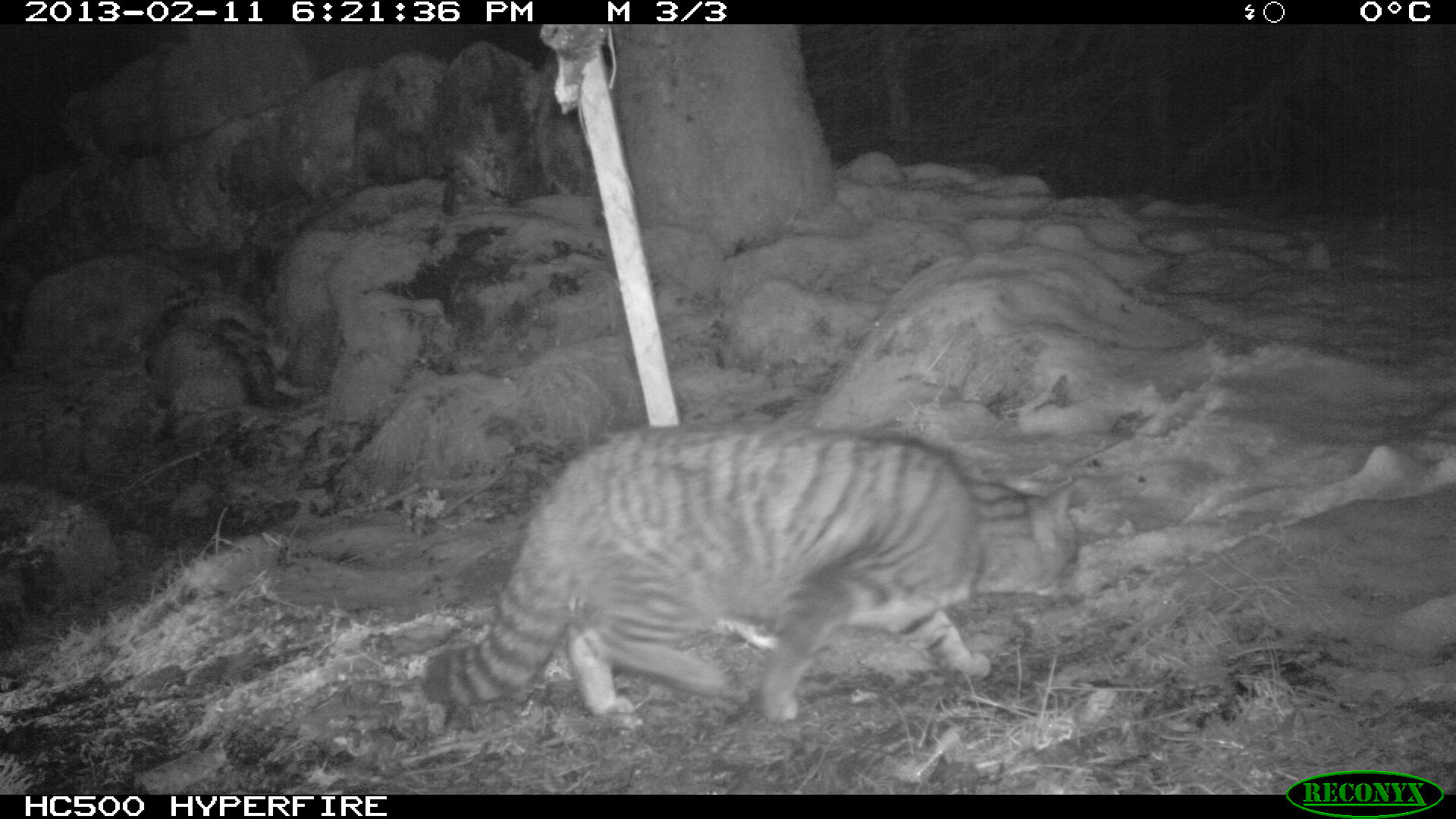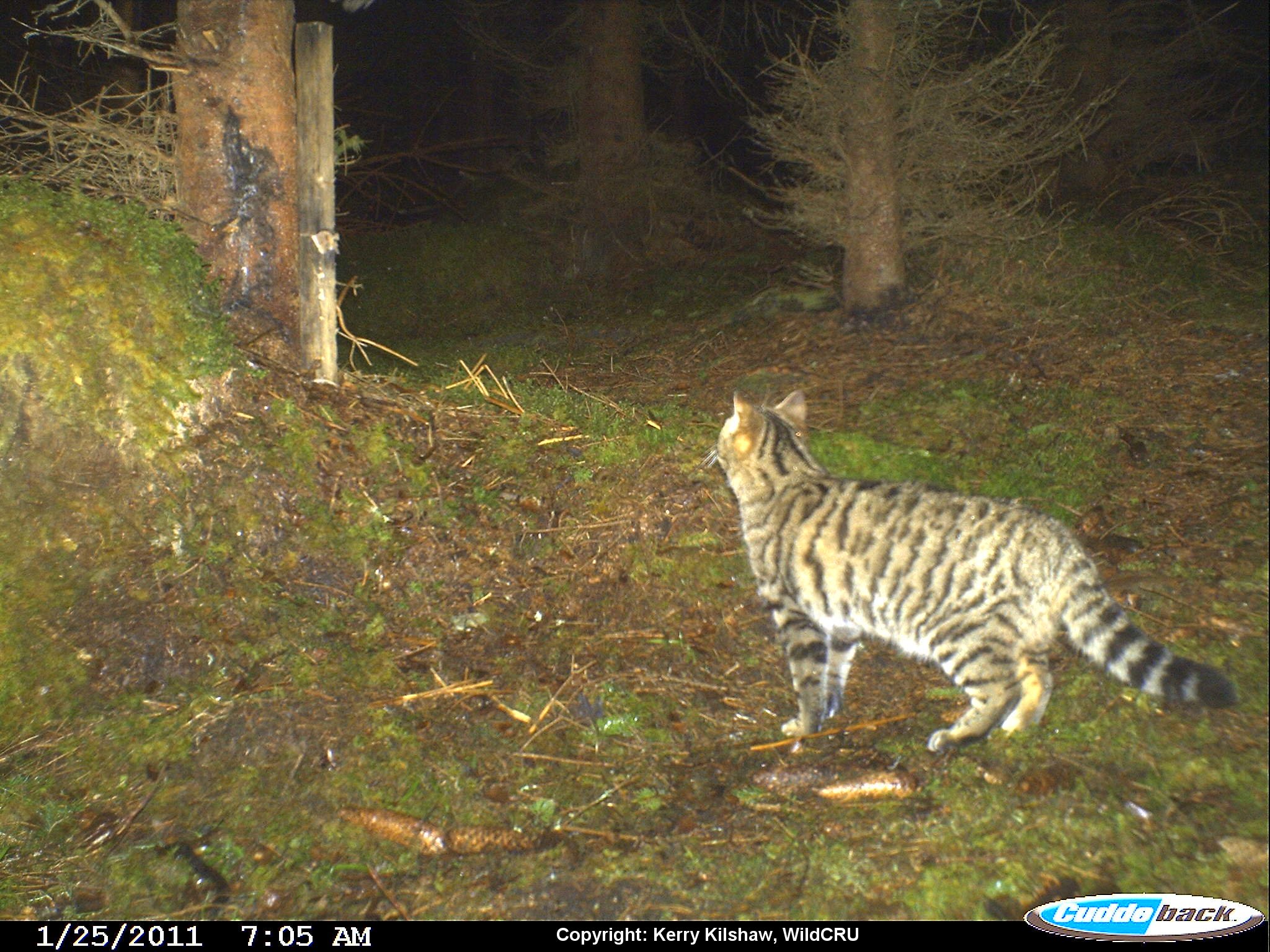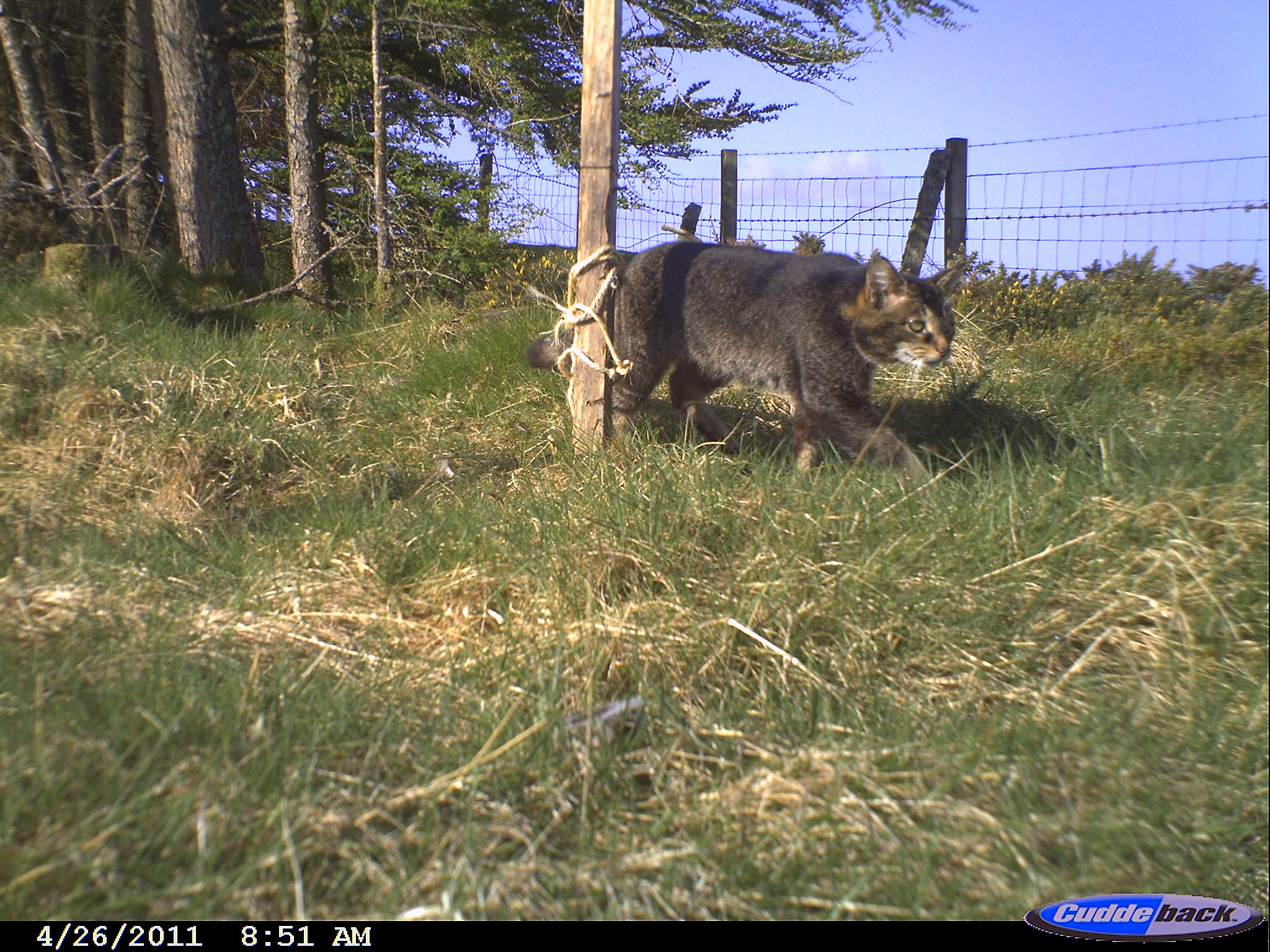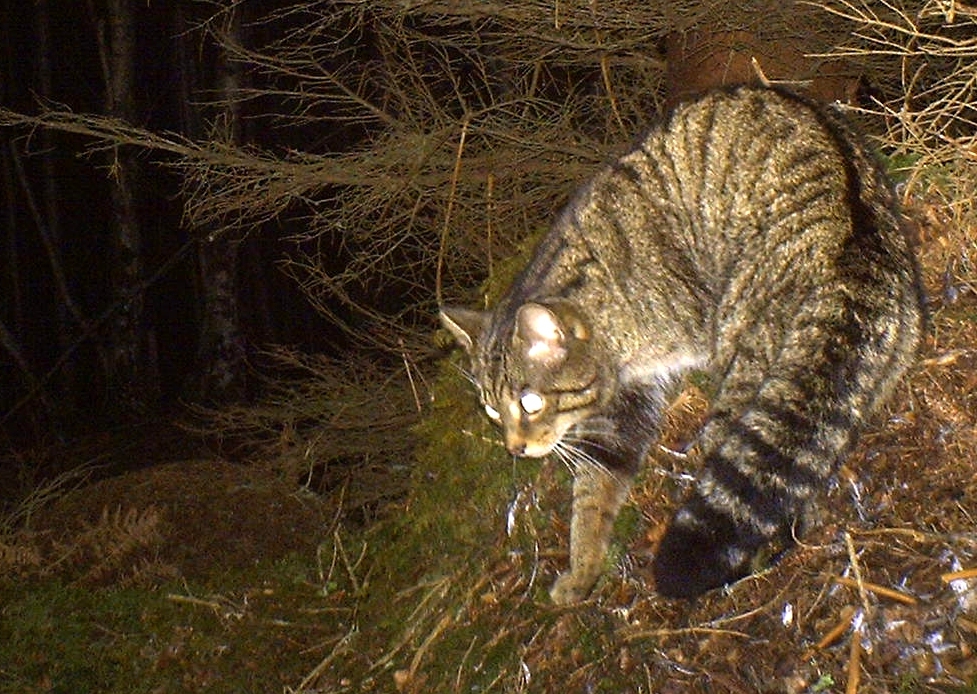News
All that glisters is not gold, and David Macdonald explains that only a fraction of the cats living wild in Scotland are Scottish wildcats
For well over a decade we have wrestled with the problem of how to diagnose a genuine Scottish wildcat and to distinguish them from the wild-living feral cats and hybrids – indeed, hybridisation with domestic cats is thought to be one of the biggest threats facing the last wild felids in Britain.
Apart from the difficulty of defining, biologically and legally, a Scottish wildcat, there is the equally challenging issue of counting them. Several years ago, and literally scribbling on the back of an envelope, I made a wild guess that there might be as few as 400 pristine wildcats left but clearly knowing how many remain is vital to effectively manage their conservation. However, before we can count them, we need to find them. Now, in a team led by WildCRU’s Kerry Kilshaw, we have some answers. We set out camera traps at 27 different study sites across northern Scotland between 2010-2013. Our aim was to examine the current potential distribution of the Scottish wildcat and map the spatial risk of hybridisation using so-called single season occupancy models. We found that wildcats and feral domestic cats showed clear differences in the habitat they were likely to occupy with hybrids overlapping the two. A possible, and unwelcome, conclusion is that the hybrids may play a more important role in the hybridisation process than previously suspected, precisely because their habitat preferences overlap both of the separate habitat preferences of the domestic and wildcats – perhaps the hybrids thereby act as a bridge for gene flow between these two cat types. Our paper, published in Mammal Research, can be read at http://link.springer.com/article/10.1007/s13364-015-0253-x?wt_mc=internal.event.1.SEM.ArticleAuthorOnlineFirst
Featured on the Springer Animal Sciences Facebook Page: https://www.facebook.com/Springer-Animal-Sciences-1450678515186976/?ref=hl









